Stefan Schaffner is Senior Vice-President, SITA at Airports, and Jeremy Springall is Senior Vice-President, SITA at Borders
The difference between aspiration and reality lies in execution. As a member of the International Air Transport Association (IATA) One ID Working Group and a supporter of the International Civil Aviation Organization’s vision for an industry-wide digital standard, global IT provider SITA plays an active role in envisaging the future of transport. Critically our role doesn’t end there, but extends into the very heart of air travel as we actively shape industry standards, ensuring best-quality service and providing the infrastructure required to support the dream of touchless travel.
Biometrics is a case in point. By facilitating a fast and secure end-to-end travel experience that allows passengers to use their face as their boarding pass and travel ID, SITA is not only enabling the development of this exciting evolution but is helping to establish a new benchmark of excellence.
Already more than 450 airports are using our next-generation passenger processing solution SITA Flex, while our SITA Smart Path solution has already been rolled out at 41 airport locations using around 4,600 touchpoints and resulting in a 30% reduction in boarding time.
Safe, intuitive border management
For governments, biometric technologies are essential for securing borders, controlling illegal migration and preventing the fraudulent use of identity documents. For airlines and airports, streamlined processes enable them to manage bigger volumes of passengers more effectively while enhancing the passenger experience and lowering costs.
Over the past 25 years, SITA has invested in supporting the needs of governments and their specific border security requirements. Over 70 governments already trust SITA to help them identify possible threats to security rapidly and effectively, and to pre-clear travelers into their countries in real time. The introduction of biometrics at check-in, security and aircraft boarding at Frankfurt Airport in Germany, for instance, led to a 30% improvement in passenger processing times which will enable the airport to reduce the space allocated for check-in.
With biometrics, security is stronger and the provision of documents and checks early in the journey means passengers who do not meet the requirements of their destination country are identified early in the travel process. For airlines already battling tight margins, flying inadmissible passengers into a country comes at a heavy price in terms of repatriation costs and the penalties imposed by destination countries. These penalty fees typically range from US$1,000 to US$2,500 but can balloon as high as US$10,000. According to IATA, while inadmissible passengers represent less than 1% of global travelers, these transcreations can add up for airlines with some major carriers shouldering fines of around US$2 million a year.
A familiar, mobile tomorrow
For travelers, many of whom are increasingly comfortable using their smartphone as their biometric calling card, the ease and convenience of a digitally-enabled travel journey is appealing. Biometrics is already an everyday, every hour and every minute reality of modern life; as our usage of devices and digital technology becomes ubiquitous. In fact, by this year it is estimated that 66% of passengers who own a smartphone will already be using their mobile phones for purposes of biometric authentication, from accessing their personal devices via fingerprint or facial recognition, to day-to-day banking or even connecting to interactive assistants like Alexa and Siri, which use voice recognition as a biometric identifier.
However, to remain in step with consumer demands for a secure, globally interoperable and digital travel reality, the air transport industry needs to create a supportive ecosystem that can support these widespread changes.
Strong systems, firm partnerships
Fortunately for stakeholders in the air travel industry, SITA already sits at the heart of the sector. While there are other players entering and competing in this exciting market, SITA currently serves 95% of international destinations and works closely with more than 2,500 airlines, airports, ground handlers and governments. More than 1,000 airports across 200 countries and territories use SITA’s services in one form or another, and an impressive 45% of data shared across the entire air transport industry is managed by SITA’s network.
Being so enmeshed in the industry, and with more than 70 years’ experience in the IT aviation sector, SITA has developed solutions, platforms and products that address the needs of airlines, airports, governments, passengers and many other air travel stakeholders. Most importantly, our solutions are adaptable to the requirements of the region in question and the regulatory framework per country.
In the United States, for instance, biometric-enabled self-check-in touchpoints have been implemented by around 10% of American airports compared with around 61% in Asia Pacific. In China, Beijing Capital International Airport has 600 SITA biometric checkpoints for check-in, bag drop, security screening and boarding, among others. This means that the airport can process more than 400 passengers and board an Airbus A380 in 20 minutes or less.
Other dynamic markets, like India, have already adopted a national biometric system. In India’s case the Digi Yatra initiative already makes use of SITA Smart Path to enable flight boarding using facial recognition software. Currently, Digi Yatra-compliant biometric touchpoints are being installed in airports around India. SITA has deployed this technology at five airports, including Bangalore, and hope to see that number increase rapidly to 40 in the next few years.
Even more exciting, as the possibility of government issued/approved digital travel credentials edge ever closer to becoming a reality, is the role our biometrics know-how and firm partnerships will play in creating the foundation that underpins this game-changing development in air travel.



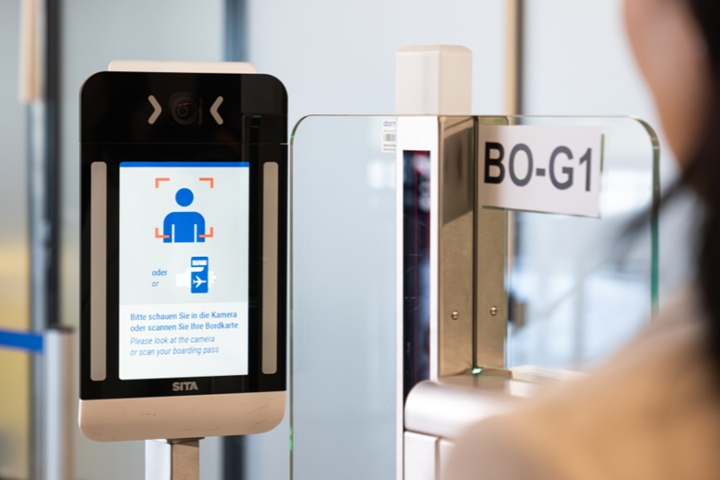



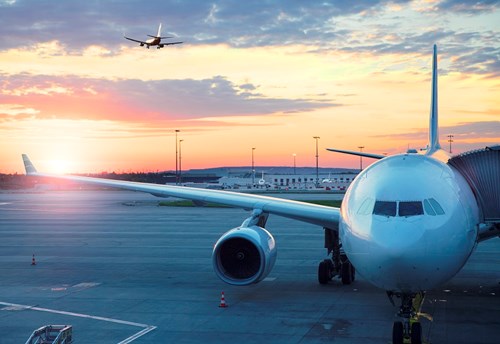
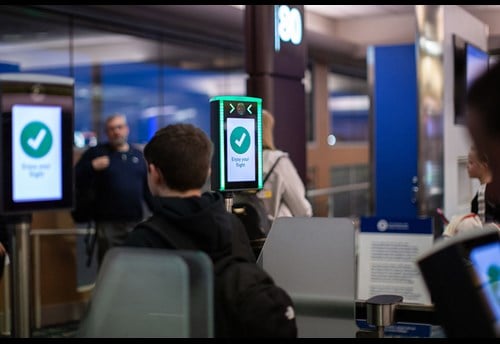
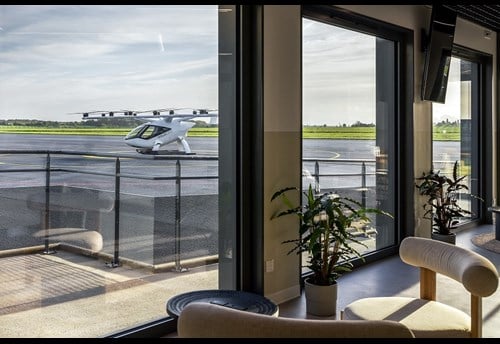
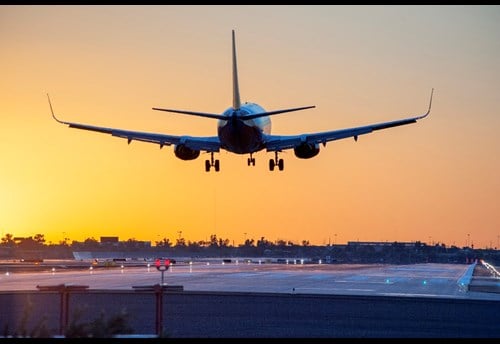
0 Comments